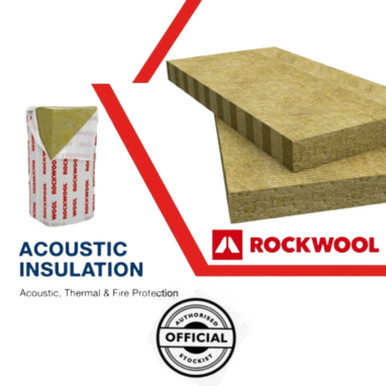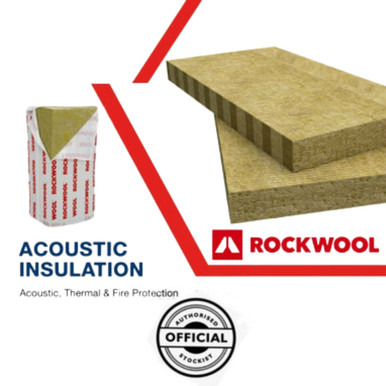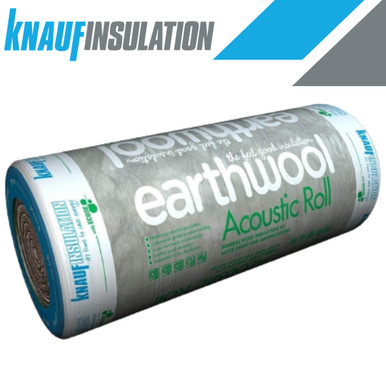Introduction
A well-designed and well-insulated home will provide you with year-round comfort while saving you up to 40% on your cooling and heating expenditures. As a result, greenhouse gas emissions are reduced. Weatherproofing and preventing moisture problems are also aided by insulation. The most cost-effective period to install it is during the construction process. If you want to put a pitched roof on your house, you may do so effectively with the help of a Pitched roof insulation board. Let's take a closer look at it.
Types of Insulation for Pitched Roofs and their Uses
- Bulk insulation is primarily used to prevent heat from being conveyed or convected. It has a structure that traps air. Its thermal resistance is generally constant independent of the direction of heat flow through it. Materials such as cellulose fiber, glass wool, polyester, and polystyrene are included. Furthermore, all insulating products have a single R-value for a particular thickness.
- Reflective insulation has a high reflectivity and low emissivity, making it an excellent barrier to radiant heat movement. The direction of heat flow through it affects its thermal resistance. Concertina-type batts and multi-cell batts are the most common types. RFL refers to the combination of these products (reflective foil laminates).
Where to install?
You can limit radiant heat gain by installing insulation under the roofing material. With this, you are maximizing the potential of the insulation as it is placed and installed correctly.
Advantages of a pitched roof include:
- It is simple to install and more efficient.
- Prevents moisture problems caused by vapor drive.
- Increase the amount of storage space available.
- When compared to flat roofs, these have a 40% longer lifespan.
- Very cost-effective, as they are roughly 10%-20% less expensive than flat roofs.
The higher the R-value, the better the insulation in the loft. To determine a product's insulating ability, check at its R-value, which is a measurement of heat flow resistance. Aside from the R-value, look at the price per square meter and whether it's do-it-yourself or requires expert assistance.
Flat Roof Insulation Buyer’s Guide
Flat roof insulation is used to improve energy efficiency and reduce heat loss in a structure. A roof is considered 'flat' if its pitch is less than 10°. Flat roofs are not insulated in the same manner that pitched roofs are. Insulating a flat roof can result in lower energy use, less condensation, and lower associated household expenditures.
This book delves into the many types of flat roof insulation, their benefits, and the various installation choices available. We'll also go over the most recent flat roof insulation rules.
What is flat roof insulation?
Flat roof insulation is used to keep a space warm in the winter and cool in the summer. Wood fiber, cellular glass, and polystyrene (EPS or XPS) are all strong insulators, but foam performs especially well and is commonly used in modern constructions.
There are two methods for putting flat roof insulation: warm flat roofing and cold flat roofing. Warm flat roofing entails placing insulation on top of the roof, while cold flat roofing involves placing insulation between the joists.
Warm flat roof insulation will work best for you if you want to reduce your energy usage (and thus your energy expenses). It will also help to increase your home's Energy Performance Certificate and decrease condensation. Cold flat roofing is substantially less expensive to install and is best suited to outbuildings that do not require all of the benefits of warm flat roof insulation.
Warm roof vs cold roof insulation
The sort of insulation that is ideal for your project is mostly determined by the type of building you are dealing with.
Warm flat roof insulation works by positioning the insulating layer above the timber rafters. As a result, the temperature on the roof and in the loft is similar to that on the inside of the structure. It's by far the greatest option for insulating a room in your home; its straightforward design is both thermally efficient and cost-effective. However, expect scaffolding to be erected and a team of professionals to install the insulation, as this is not a do-it-yourself project.
Cold flat roof insulation, on the other hand, works by sandwiching the insulating layer between or beneath the timber rafters. This causes the roof to be cold and is often regarded as an outmoded way of flat roof insulation. It is not suggested in Scotland owing to several condensation difficulties, but if you're working on an outbuilding, you'll find it's inexpensive to install and a simple alternative for producing a flat roof (as opposed to working with an existing flat roof).
Warm Roof Insulation
There are numerous advantages to installing warm flat roof insulation. It conserves heat without the need for roof void ventilation, reduces damp and rot by allowing moisture to escape, and is regarded as the finest roof alternative for the UK climate. While there are numerous materials to choose from, PIR (polyisocyanurate) boards are a popular choice because they are incredibly sturdy and can handle being walked on.
This is a crucial consideration since, despite the addition of warm roof insulation, you will still need to inspect the roof for damage over time.
Warm flat roof insulation installation necessitates the use of specialized equipment, so be prepared to work with a local expert.
Cold Roof Insulation
Cold roof insulation is a low-cost method of insulating outbuildings, although it usually necessitates the installation of a roof void ventilation system to prevent moisture accumulation. It may not be the best solution for flat roof insulation, but it has its benefits in some situations. While PIR boards are one of the best materials for warm flat roof insulation, loft insulation film is great for cold roof insulation. This is because the insulation is typically installed between the rafters, and loft roll is lightweight and easy to maneuver, making it an ideal contender for the job.
Are there building regulations for flat roof insulation?
The simple answer is that there are building codes that must be followed. Approved Document L, the most recent flat roof insulation amendment, was issued in 2010. U-values are measured in Watts/metre squared Kelvin, and the document specifies a U-value objective of 0.18W/m2K for new or replacement flat roofs. The assumption is that increased insulation will give better heat retention, lowering bills and assisting in meeting the EU regulation to reduce CO2 emissions.
Understanding U-value and Regulations
In the United Kingdom, a U-value is a measurement that tells builders, architects, and engineers how well a material insulates. The lower the U-value, the greater the material's insulating characteristics. All roofs must be thermally insulated to a maximum U-value of 0.18W/m2K in order to comply with Part L of the Building Regulations 2010.
But how can you calculate your project's U-value? There's no disputing that calculating a U-value is tough, but there are various useful U-value calculators available online. With different materials receiving a range of U-values, it's ideal to have computer software on hand to assist you.
Read our expert guide for further information on calculating the U-value of a flat roof insulation project.
How long does flat roof insulation last?
Insulation materials are often quite durable. Flat roof insulation is expected to last between 25 and 40 years. It's worth noting that because warm roof insulation is exposed to the elements, it degrades faster than cold roof insulation. This, however, should not be a cause for concern because the insulation will last at least as long as the robust waterproofing material.
How to insulate a flat roof
While insulating a flat roof is a relatively simple process in terms of materials and steps, much of the work requires specialized equipment. Unless you have been trained or are highly talented in this field, we recommend hiring a professional to execute the project. A detailed guide on how to install flat roof insulation may be found here.
Typically, an expert will install it using the following steps:
- Start by placing 12mm plywood or OSB board across the joists. This serves as the foundation for the flat roof.
- It's now time to put in the vapour control layer. This layer decreases the possibility of condensation and moisture, which, if present, might jeopardize the flat roof structure.
- Mark the vapour control layer to show where the fasteners will breach the membrane. Remember to identify the rafter centres as well as the proper axial spacing.
- Cover the marks indicating where the vapour control layer will be perforated using butyl tape. After penetration, this will form a seal.
- Lay stiff insulating board to the thickness you choose. The thickness is frequently determined by the available height due to guttering and upstands.
- Add another layer of plywood or OSB board.
- The deck must now be put back together. This can be accomplished with helical fasteners that pierce each layer of the accumulation, including the flat roof insulation.
- Install a waterproof membrane to finish the job. This completes and protects the deck from the weather.
Read our project guide to insulating a flat roof for a more detailed step-by-step guide.













